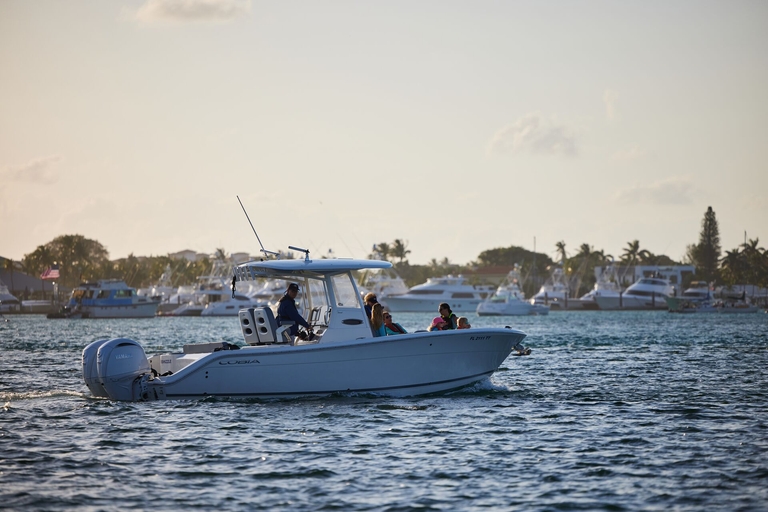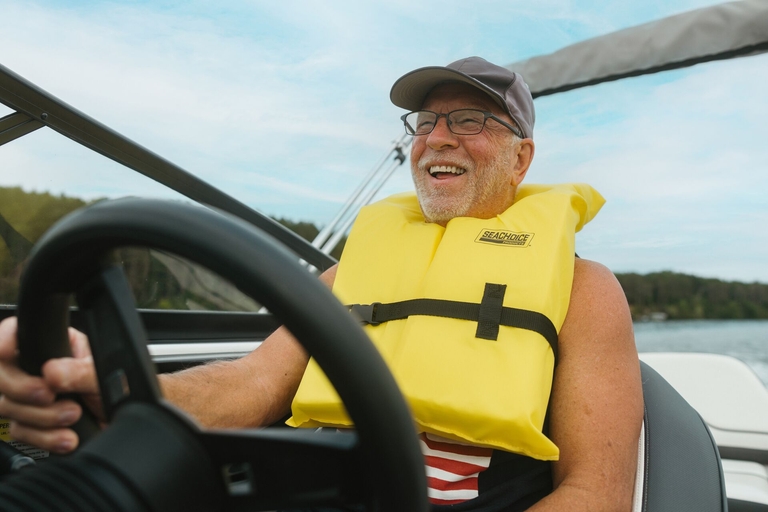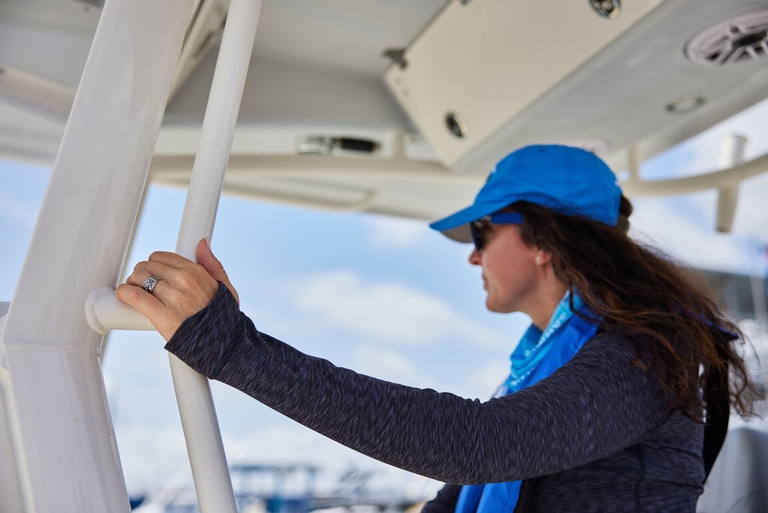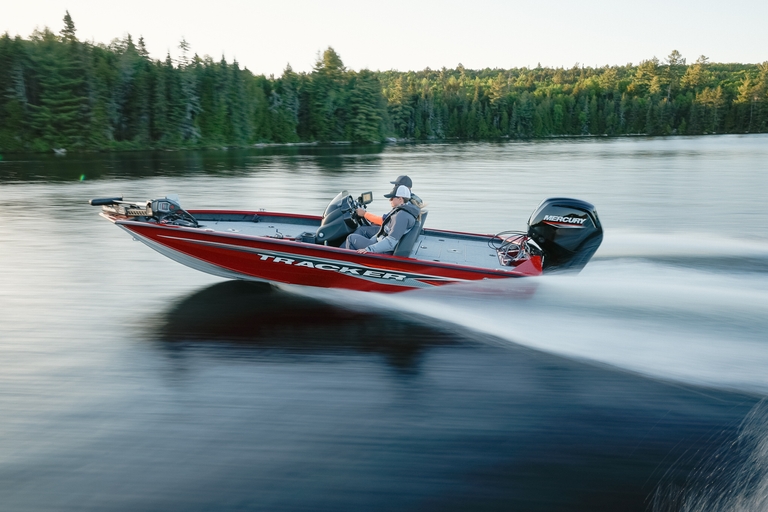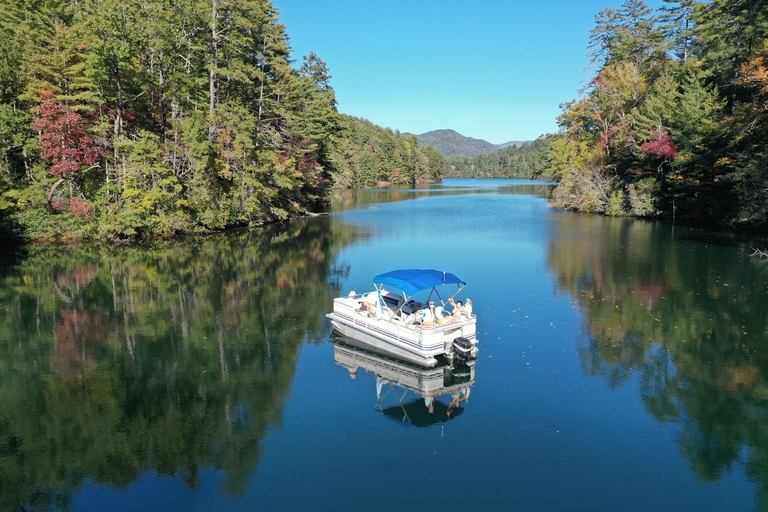Capsizing a Canoe or Kayak: What to Do if It Happens to You
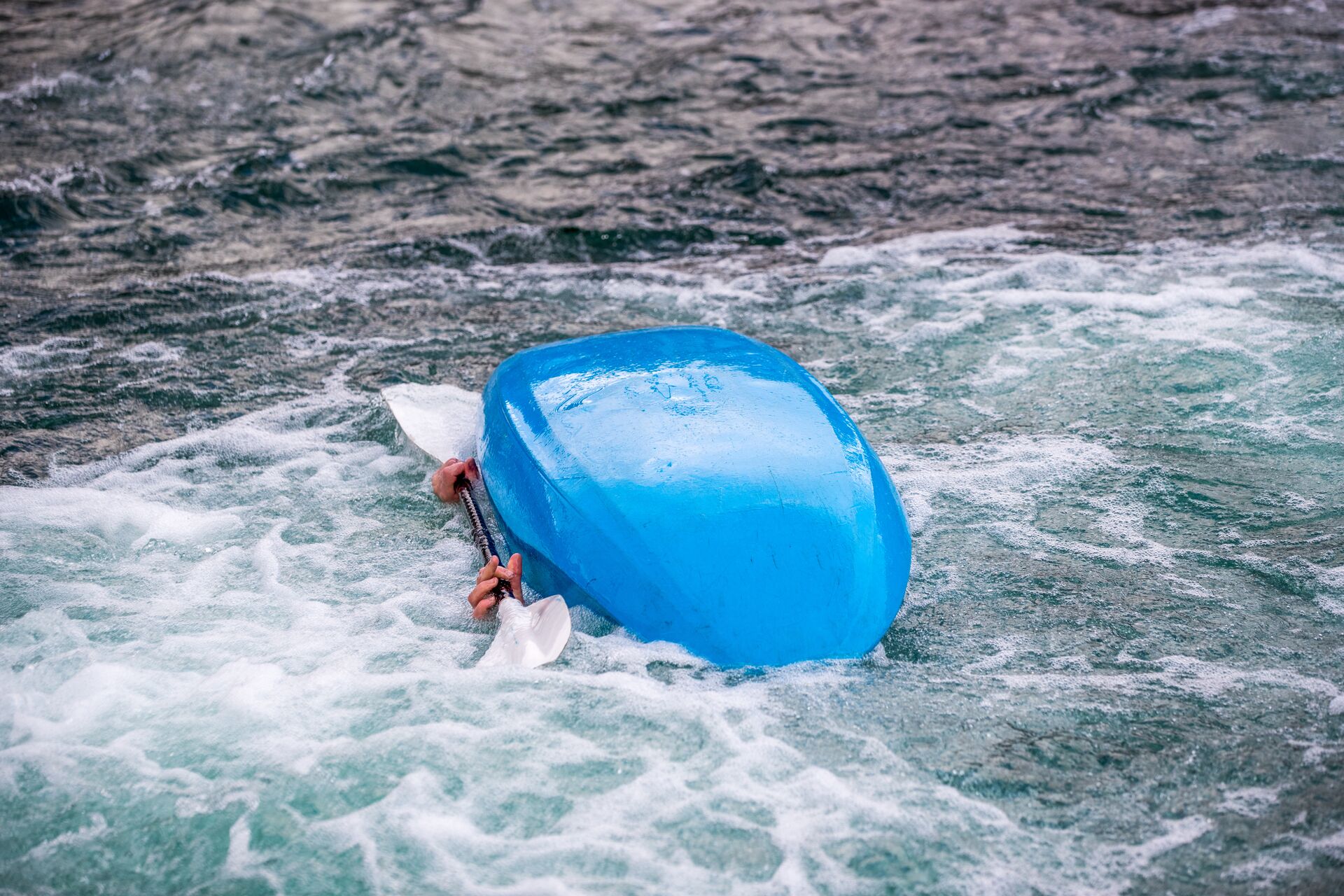
"Capsizing" means the flipping or overturning of a canoe or kayak in the water. This can happen unexpectedly for several reasons, and being prepared for it keeps you safer and reduces overall risk.
If your canoe or kayak capsizes, staying calm and knowing what to do is essential. This will help prevent injury or loss of gear.
Along with wearing the proper life jacket and understanding how to reduce the chances of capsizing a canoe, you'll want to learn about the conditions that cause capsizing, what to watch out for, and how to right yourself and your canoe or kayak.
Keep reading to learn what to do if you're in a canoe when it capsizes.
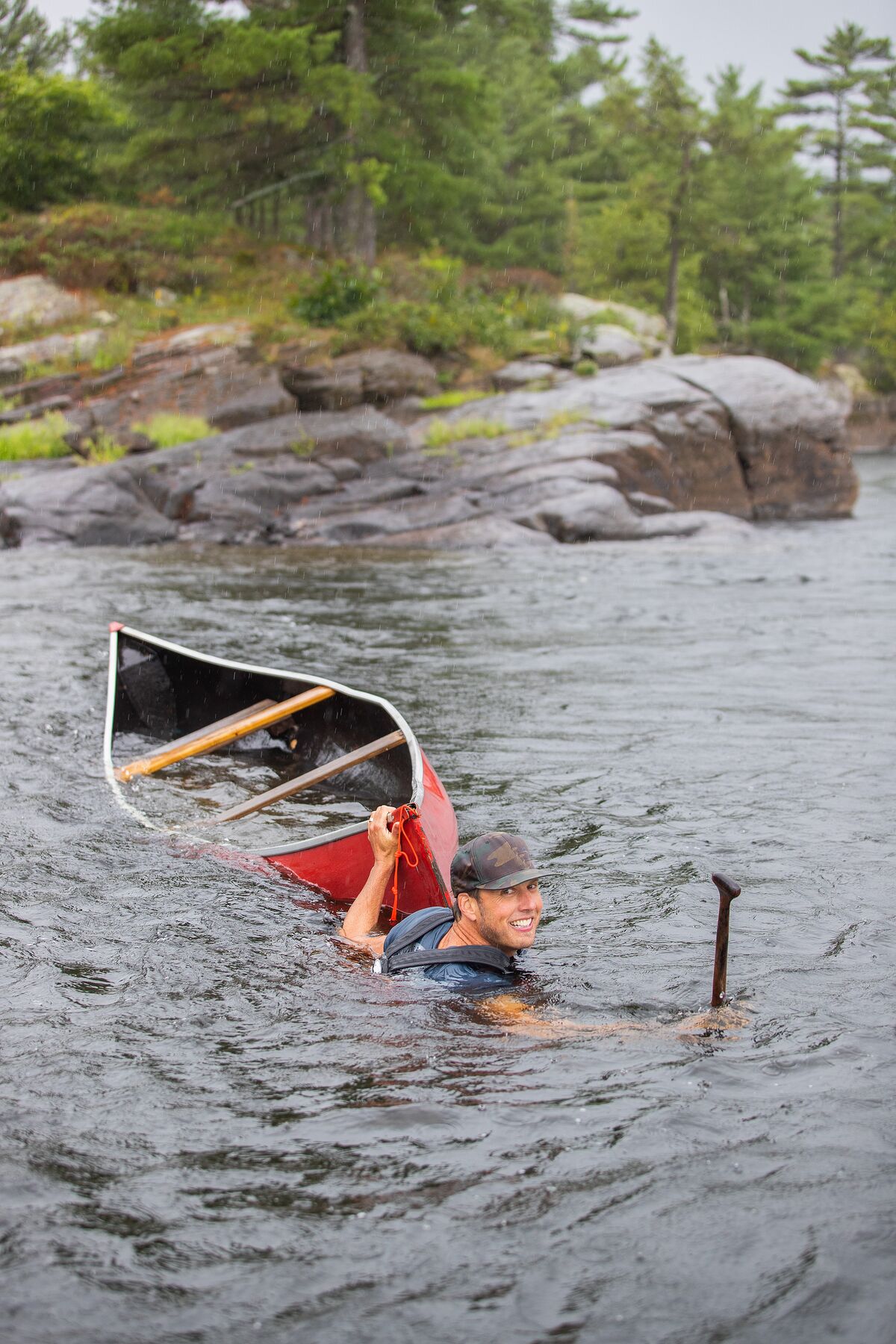
Why Do Canoes and Kayaks Capsize?
Why do such small vessels capsize, anyway? Here's a quick overview to explain what happens.
Canoes
Instability caused by uneven weight distribution is one of the biggest reasons your canoe may capsize. Other significant ways you could run into trouble include sudden shifts in movement by paddlers, rough water conditions, or strong winds.
Kayaks
Capsizing in a kayak can happen for similar reasons, including rolling due to misaligned paddling strokes. You could also turn over from hitting submerged objects or encountering strong waves.
Sometimes, a kayak will capsize if it's overloaded with gear or not correctly balanced.
What to Do if Your Canoe Capsizes
A capsized canoe requires quick thinking and the proper steps to get to safety or recover and turn upright again. Follow these steps if your canoe becomes overturned.
1. Stay Calm
Panic can lead to poor decisions. Take deep breaths to focus and remember any practice sessions you've had.
Your training should help your response kick in automatically so you don't forget how to escape a bad situation.
2. Assess the Situation
Check for injuries among you and your paddling companions. Once you know everyone is okay, locate your paddle, gear, and canoe.
3. Stay with Your Canoe
The canoe provides flotation and visibility for rescuers, so you don't want to leave it. Instead, position yourself on the upstream side to avoid being pushed against it by the current and wait for help.
4. Reenter or Tow to Shore
You can push or tow the canoe to safety if you're close to shore. In deeper water, you can also perform a canoe reentry with help from a companion or by using the "T-rescue" technique.
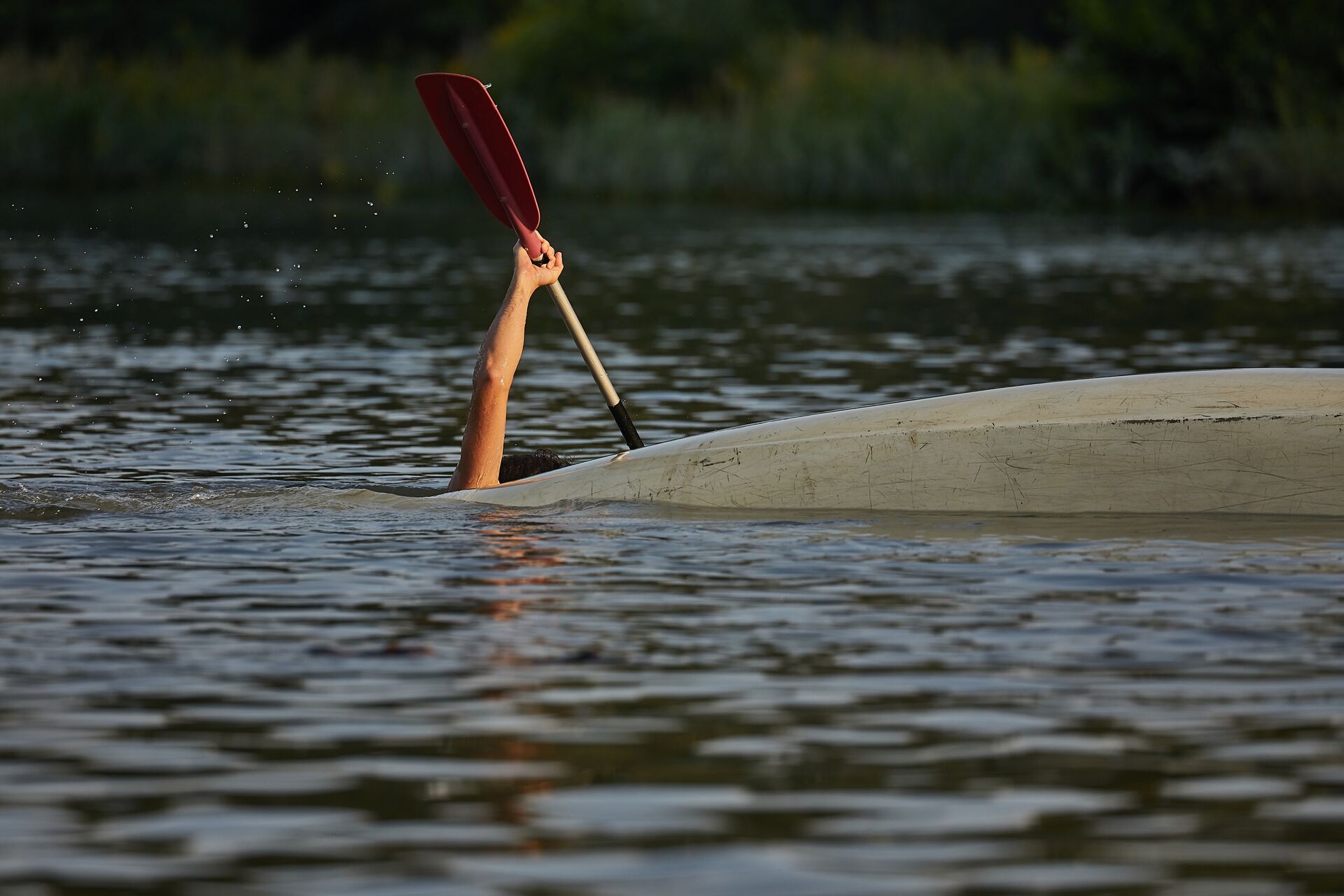
What to Do if Your Kayak Capsizes
Much like capsizing a canoe, capsizing in a kayak requires quick action to treat any injuries and prevent further damage. Here's what you want to do.
1. Stay Calm and Hold Onto Your Paddle
Once you right the kayak, keep your paddle for stability. It can help you get back on track and move in the right direction again.
2. Wet Exit if Necessary
If you can't quickly right the kayak, lean forward and pull the spray skirt loop (if applicable). Then, push off the kayak and surface for air.
3. Right the Kayak
Flip it back using the paddle or hand leverage. You can avoid filling it with more water by flipping it swiftly.
4. Self-Rescue or Assisted Rescue
Perform a "cowboy scramble" or paddle float reentry for solo situations. If you're with a friend or group, use someone else's kayak for an assisted rescue like the "T-rescue."
What to Do After Recovering From a Capsize
After a capsize, you'll want to take stock of the situation and see what to do next.
After you've righted your kayak or canoe, follow these steps:
- Regain Control: Once back in your canoe or kayak, paddle to safety.
- Secure Gear: Retrieve floating gear if it's safe.
- Evaluate Conditions: Decide whether to continue or end the trip based on weather and exhaustion.
Depending on the severity of the capsize, the length of your trip, whether you've lost any gear, and other factors, you may want to continue your journey, take a break, or head home. Any one of those choices is the "right" choice if it's the one you feel comfortable with.
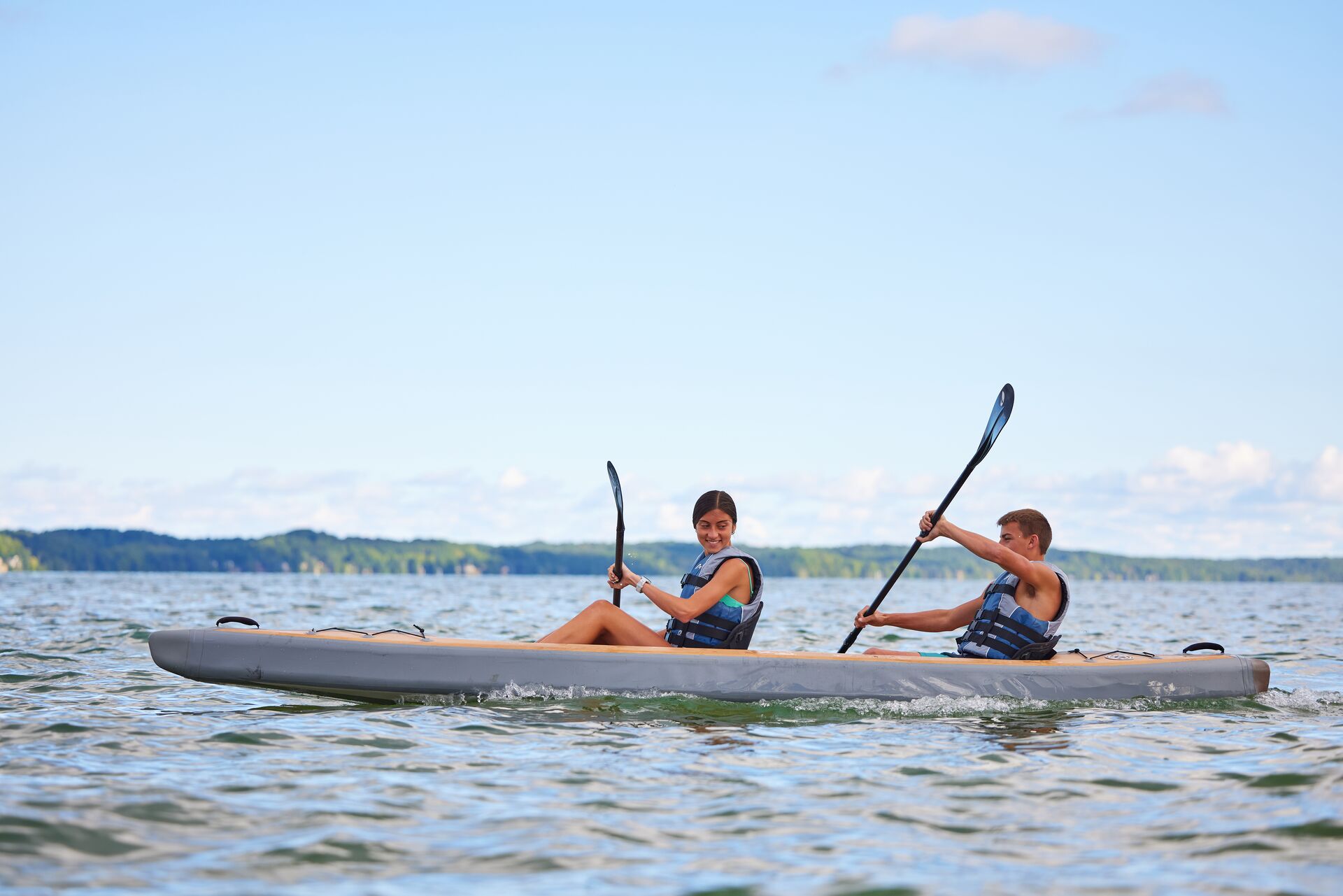
Tips for Preventing Your Canoe and Kayak from Capsizing
While you can't always prevent capsizing, you can reduce the chances of it.
Follow these prevention tips for canoes and kayaks:
- Wear a PFD: Wearing a lifejacket won't prevent a capsize, but you should always wear a personal flotation device (PFD) while in your canoe or kayak. Choose one that's easy to paddle with and allows you to move freely.
- Distribute Weight Evenly: Balance your vessel by loading gear and passengers properly, and make sure everything is secure.
- Practice Recovery Techniques: Practice self-rescue techniques in controlled environments so you can use them when needed.
- Be Aware of Conditions: Avoid rough waters, high winds, or unfamiliar waterways, especially if you're new to kayaking or canoeing.
- Use the Right Gear: Ensure your canoe or kayak is appropriate for the water conditions and your experience level.
Paying close attention to these safety tips will reduce your risk of capsizing and help you stay safe and comfortable on your local waterways.
Practice and Preparation Help You Recover from Capsizing a Canoe
Capsizing is a part of paddling that every boater should be prepared for. With regular practice of rescue techniques, you'll build confidence and safety awareness.
Being proactive with safety measures ensures you enjoy your time on the water with minimal risk so you can have more fun.
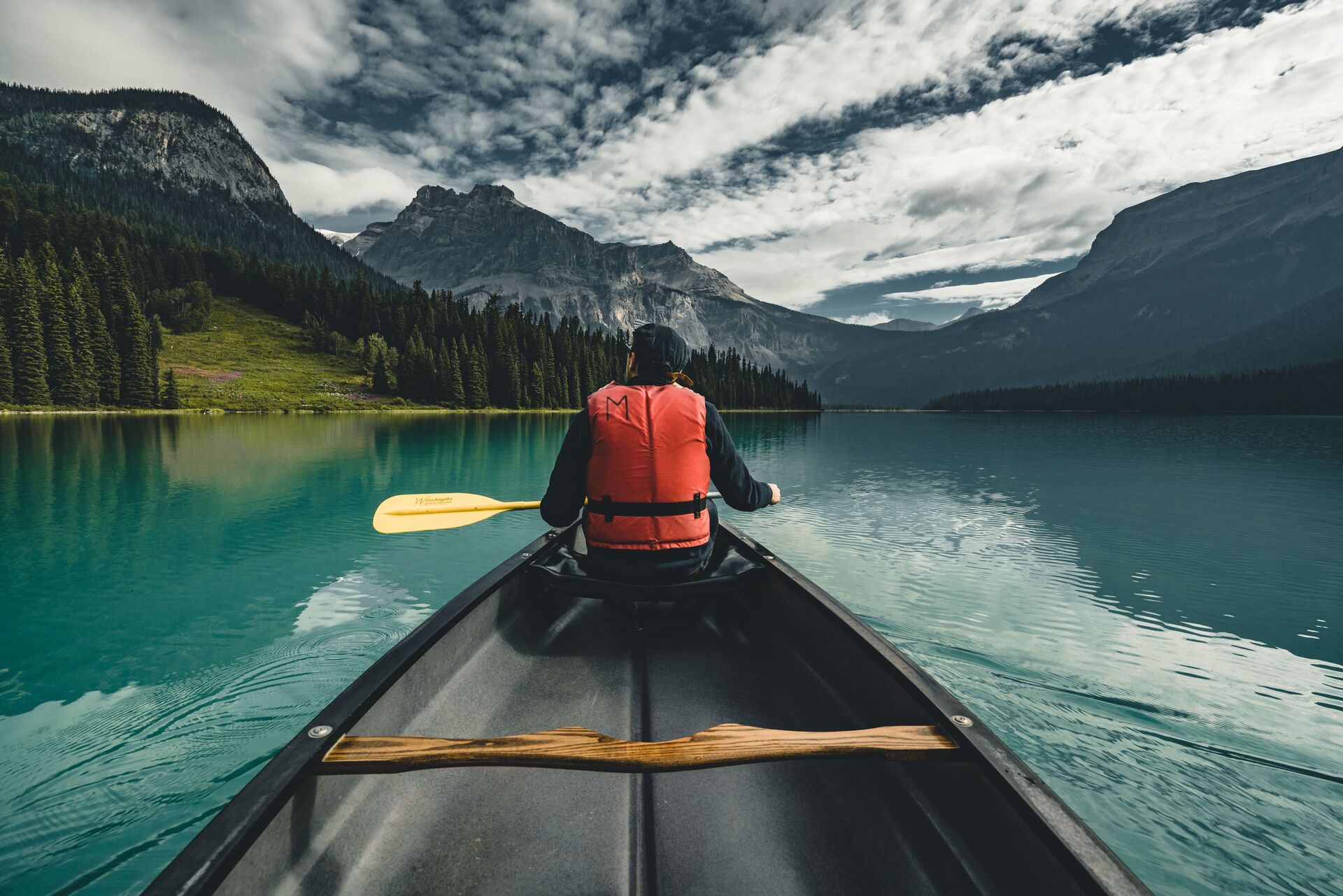
Learn More Tips for Safe Canoeing with Boater Education
The tips we shared today should help you recover if you experience capsizing a canoe. Knowing how to get back to the water's surface and grab your gear and canoe helps prevent a more serious situation.
In addition to these tips, make sure you've taken a boat education course before paddling away from shore on your next water adventure. You'll learn about navigation, water safety, and much more.
Plus, completing an online course and passing the exam through Boat-Ed meets your state's boater education requirements!
Enjoy your kayak, and stay safe this season.
Choose the Boat-Ed course for your state in the U.S. or our course for Canadians and start learning with our free study guides!

